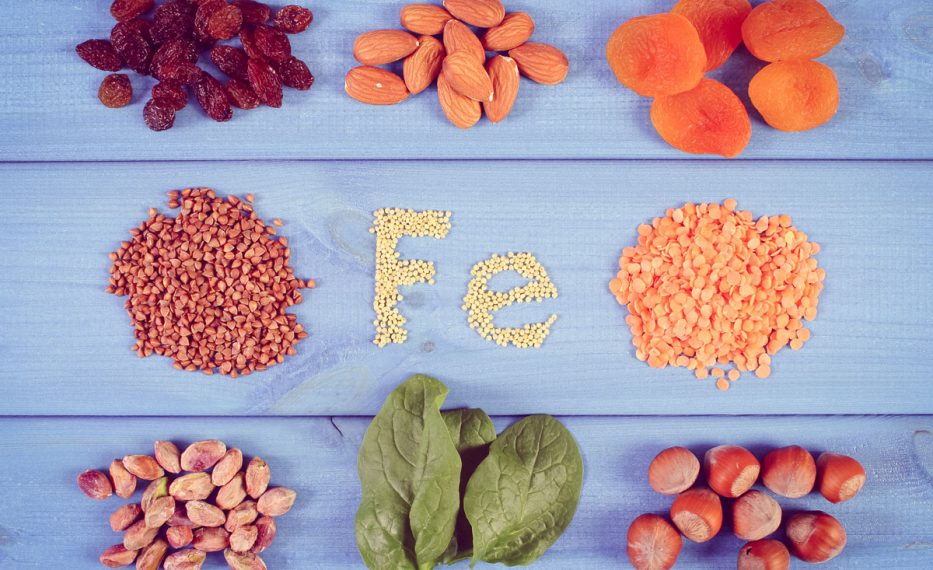Iron deficiency is the most common and widespread nutritional deficiency in the world affecting 43% of all children worldwide! That is a huge number of children and it is not only found in poor developing countries but also in more affluent developed countries too.
In a recent UK Survey*, the proportion of children with daily intakes of iron less than the lowest acceptable amount was 10 – 14%. In addition, 1 in every 8 children aged 18-28 months in the UK is anaemic and in some ethnic minority populations of the UK the figure might be as high as 25 – 35%.
(*Diet and nutrition survey of infants and young children: 2011; Department of Health and Food Standards Agency)
Why is iron important to infants and children?
Iron is an essential nutrient, as we all need it to make haemoglobin in red blood cells, which in turn is needed to transport oxygen around the body. Iron is also needed as an important part of chemicals called enzymes, which are like “scissors” in the body – they cut up large chemicals into smaller components, so that they can be used to make proteins, hormones and neurotransmitters in the body.
Most children don’t eat enough iron but iron is also potentially toxic, as our bodies have no way of expelling excess iron. So we must be careful not to overdo it with iron, especially in supplements. Fortunately, our bodies are quite clever and we have developed ways of making sure we don’t absorb too much iron when we have enough stores and to absorb more from our food when our stores of iron are running very low.
Why is iron deficiency anaemia a problem?
Iron deficiency anaemia (IDA) causes extreme tiredness/lethargy, pale skin, loss of appetite and in the long term it is associated with delays in cognitive (learning) and motor (movement) development, so it is extremely important to try and prevent IDA by providing iron-rich foods for your toddler.
So how much iron do infants and toddlers need?
Before the age of 6 months, babies do not need much iron as they are born with sufficient stores to last about 6 months, if born at full term and a healthy weight. Breast milk contains very little iron but it is extremely well absorbed or bioavailable, so it is all an infant needs until around 6 months of age. After this age, a good source of iron needs to be introduced.
From 7-12 months, babies need 7.8mg and toddlers 1-3 years just under 7mg of iron per day.
Which foods are good sources of iron? What about iron absorption?
Liver is the best source of iron but I’m not sure many toddlers would go for that (although you could try liver pate’ as an option) so beef and lamb are the next best sources. Oily fish, dark meat of chicken and pork are okay sources too.
I must mention now that iron is found in 2 forms – ‘haem’ iron from meat sources and breast milk, which is very well absorbed and ‘non-haem’ iron from vegetarian sources, which is not absorbed very well but vitamin C aids its absorption.
What if your child does not eat meat? What about vegetarian diets?
The best source of non-meat iron is from iron-fortified breakfast cereals. However, it is not known how much of this iron is actually absorbed, so try to always serve cereals with a vitamin C-rich fruit such as strawberries, papaya, mango, kiwi fruit, or oranges/clementines (naartjies to the SA readers!) to aid the iron absorption.
As a main meal, lentils are a good option and if you make them with a tomato-based sauce then that is providing the vitamin C too!
Hummus, made from chickpeas, as a dip for fresh peppers (good source of vitamin C) is a good option for a snack and dried apricots are also a good source of iron as another snack option.
Look out for my next post, which will include some yummy iron-rich recipes, including some veggie options!
P x





